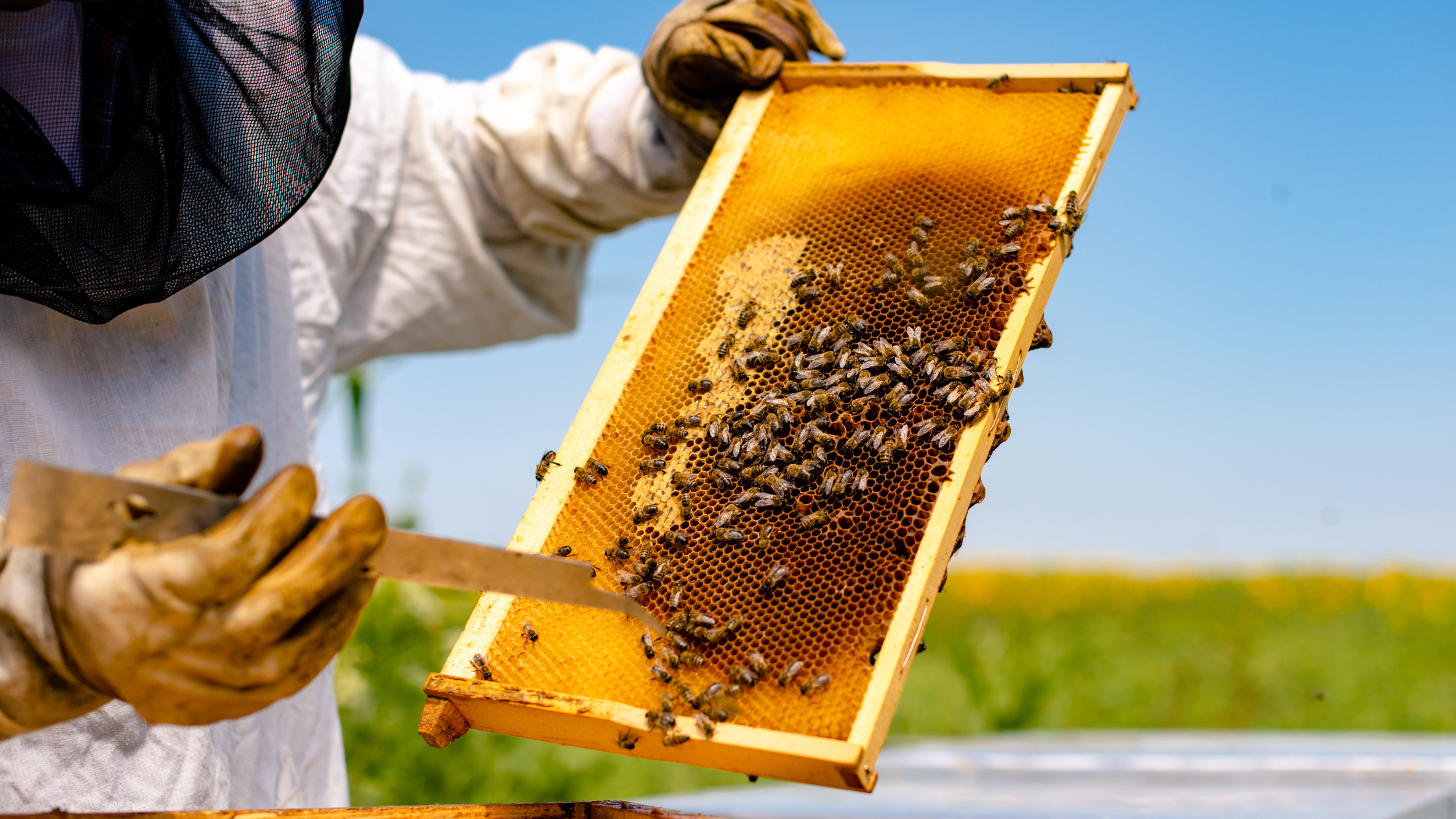Starting a beekeeping hobby is a fun way to spend time outdoors, harvest honey and learn new homesteading skills!
Introduction to Beekeeping
A short history of beekeeping
Beekeeping has a long history dating back to ancient civilizations.
Bees have been kept for their honey and other products for thousands of years, and different cultures have developed their own techniques for keeping bees and harvesting honey.
Today, beekeeping is practiced all over the world and is an important part of many agricultural and forestry systems.
The importance of bees for pollination
Pollination is the process by which plants reproduce by transferring pollen from the male parts of the flower to the female parts.
Bees are one of the most important pollinators, and they help to pollinate a wide variety of plants, including many of the crops that we rely on for food.
Without bees, many plants would not be able to reproduce and our food systems would be severely impacted.
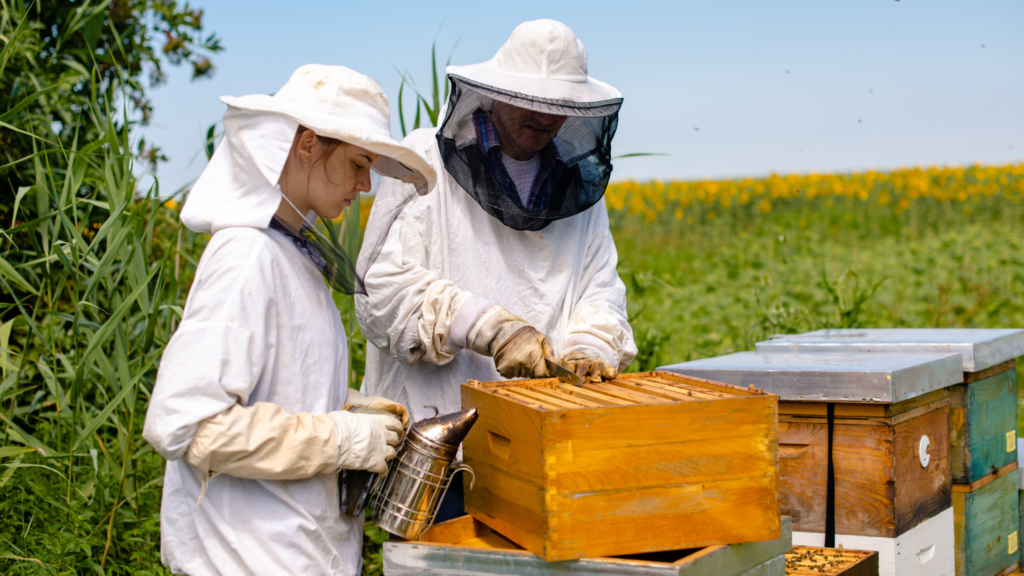
Getting Started with Beekeeping
Choosing the right location for your bees
The location of your bees is important, as they will need access to a reliable source of nectar and pollen.
Look for a location that has a diverse range of flowering plants, and try to avoid areas that are prone to strong winds or heavy pesticides.
You should also consider the distance from your home, as you will need to regularly check on and care for your bees.
Check out this handy bee foraging map for the best species and locations in North America!
Buying the necessary equipment
Like most hobbies, there are a number of pieces of specialized equipment that you will need to get started with beekeeping.
Some essential beekeeping gear includes a hive, protective clothing, a smoker, and various tools for handling and properly caring for your bees.
If you are just getting started, you might like taking a look at this helpful Beekeeping Starter Kit available from Amazon Prime.
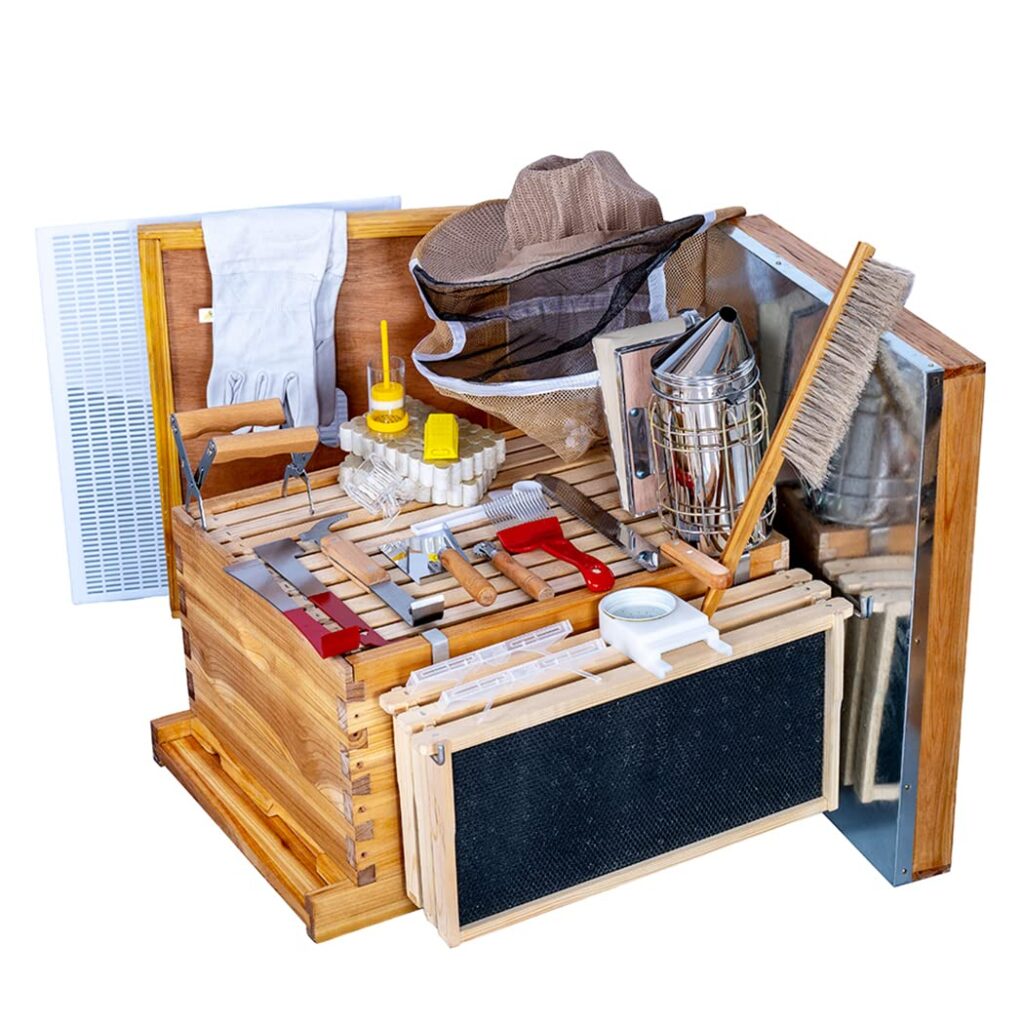
Buy your bees
There are a few different options for purchasing your bees.
One option is to purchase bees online from a supplier. Some places that sell bees online include:
You can also try contacting a local beekeeping club or association to see if they have any recommendations for local bee suppliers.
Some beekeepers also sell bees from their own apiaries, so you could try reaching out to local beekeepers to see if they have any bees for sale.
Lastly, you can try looking for bees at agricultural supply stores or at local farmers markets.
Setting up your hive
Once you have all of the necessary equipment, you can start setting up your hive.
This may involve assembling the hive components, installing the bees, and making any necessary adjustments to the hive location.
It is important to follow the instructions carefully and to take proper precautions when working with bees.
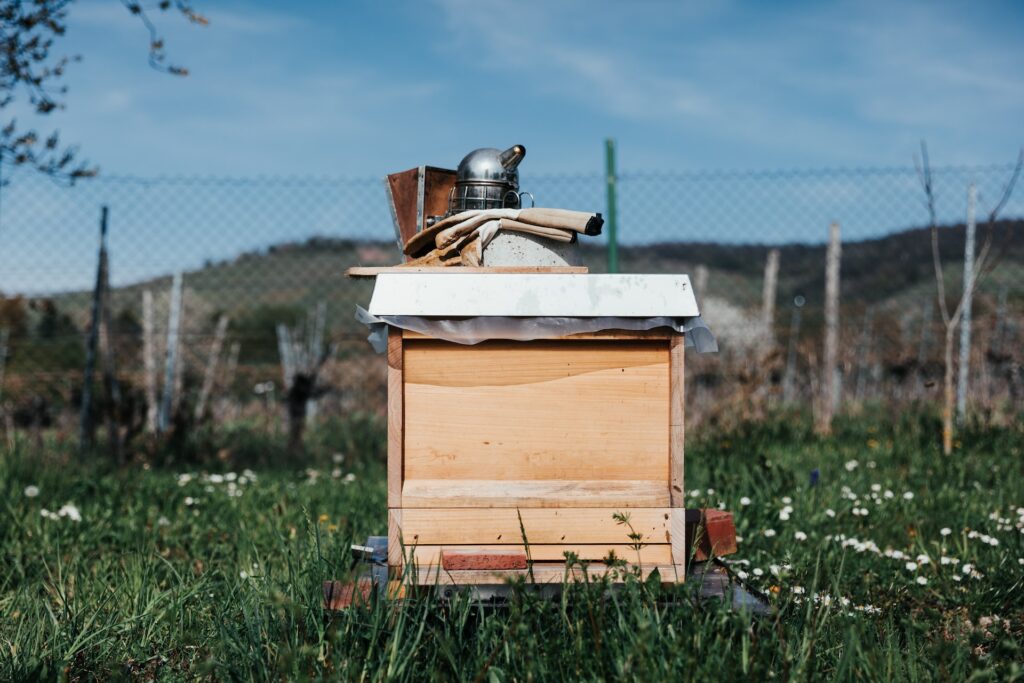
Caring for Your Bees
Understanding the life cycle of bees
To properly care for your bees, it is important to understand their life cycle.
Bees go through four stages of development: egg, larva, pupa, and adult.
The queen bee lays eggs in the cells of the hive, and the eggs hatch into larvae.
The larvae are fed by the worker bees and eventually spin a cocoon around themselves and enter the pupal stage. After a week or two, the pupae emerge as adult bees.
Providing food and water for your bees
Bees need a reliable source of food and water to survive.
During the warmer months, bees can gather nectar and pollen from flowers to make honey.
However, during the colder months or when nectar sources are scarce, you may need to provide supplementary food for your bees.
This can be in the form of sugar syrup or bee feed. You should also make sure that your bees have access to clean water.
Monitoring the health of your bees
It is important to regularly check on the health of your bees and to be on the lookout for any signs of problems.
This may include checking for pests or diseases, making sure that there is enough food and water, and ensuring that the hive is functioning properly.
If you notice any issues, you may need to take corrective action to address the problem.

Harvesting Honey and Other Products
Collecting honey from your hive
Once your bees have produced enough honey, you can start collecting it.
This typically involves opening the hive and using a honey extractor to remove the honeycomb frames from the hive.
The honeycomb is then placed in the extractor, which spins the frames to remove the honey. The honey is then collected and filtered to remove any bits of wax or debris.
Processing honey and other products
Once you have collected the honey, you will need to process it to prepare it for sale or consumption.
This may involve filtering and bottling the honey, as well as labeling and packaging it. You may also produce other bee products, such as beeswax, pollen, and royal jelly.
Selling or using your honey and other products
Once you have processed your honey and other products, you can either sell them or use them yourself.
There are a number of ways to sell your products, such as at farmers markets, through a website, or by working with local retailers.
You can also use your honey and other products yourself, or give them as gifts to friends and family.
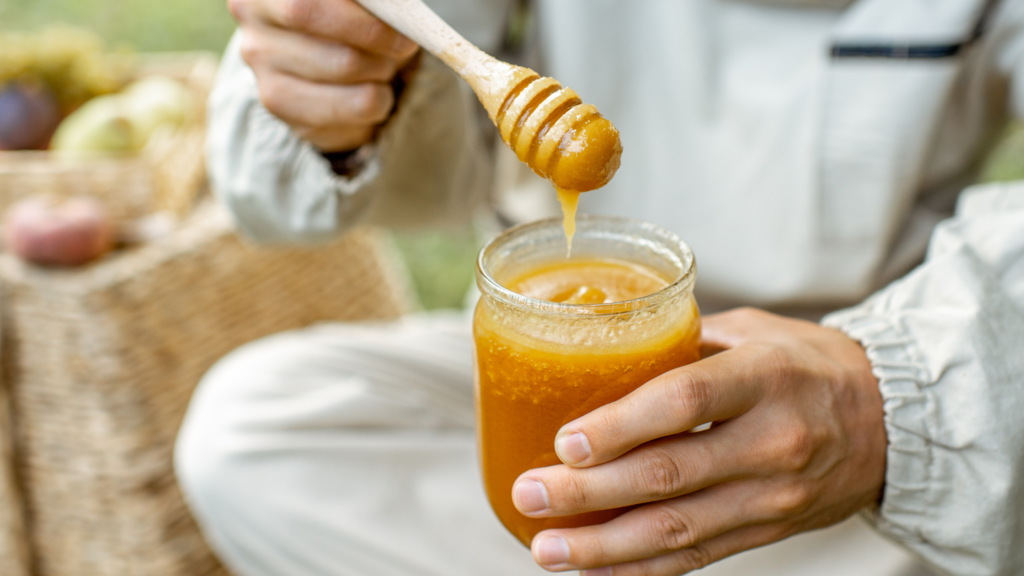
Common Challenges in Beekeeping
Dealing with pests and diseases
One of the most common challenges in beekeeping is dealing with pests and diseases.
Bees can be susceptible to a number of pests and diseases, including mites, viruses, and bacteria.
It is important to regularly check your bees for signs of pests or disease and to take appropriate action if necessary. This may involve using treatments or medications, or it may involve taking preventative measures such as maintaining a clean hive.
Handling swarms and relocation
Another challenge in beekeeping is dealing with swarms, which occur when a group of bees leave the hive to establish a new colony.
If you notice a swarm of bees on your property, you may be able to capture the swarm and relocate it to your hive.
However, this can be a complex and potentially dangerous process, and it is important to take proper precautions and follow proper procedures.
Working with the weather
The weather can also be a challenge for beekeepers, as bees are sensitive to temperature and other environmental conditions.
In extreme weather conditions, such as extreme heat or cold, you may need to take special care to protect your bees.
You may also need to consider the impact of weather on your ability to access the hive and perform necessary tasks.
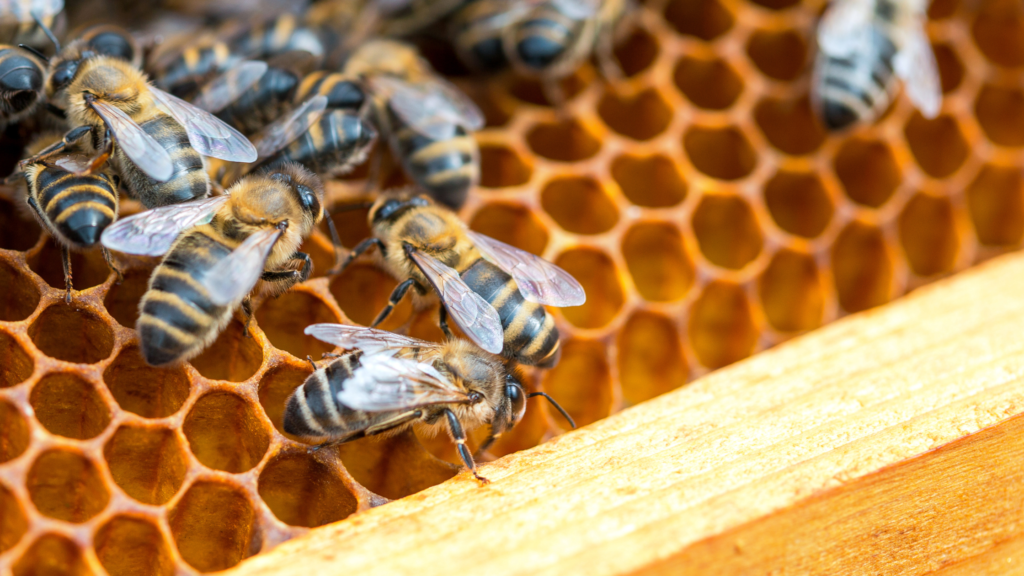
Further Resources for Beekeeping
Books and websites
There are many books and websites available that can provide more information on beekeeping.
These resources can be a great way to learn more about the basics of beekeeping and to find answers to specific questions.
Some popular books on beekeeping include “The Beekeeper’s Handbook” by Diana Sammataro and “Beekeeping for Dummies” by Howland Blackiston.
There are also many websites and online forums that offer tips and advice on beekeeping. We recommend checking out r/beekeeping to get involved with a passionate online community of fellow beekeepers.
Local beekeeping clubs and organizations
Joining a local beekeeping club or organization can be a great way to connect with other beekeepers and to learn from more experienced beekeepers.
These groups often hold meetings and events, and they can be a great source of information and support.
Professional beekeeping courses and workshops
If you want to learn more about beekeeping in a structured setting, you may want to consider taking a professional course or workshop.
These courses are often offered by universities, extension programs, or other organizations, and they can provide a more in-depth look at the principles and practices of beekeeping.
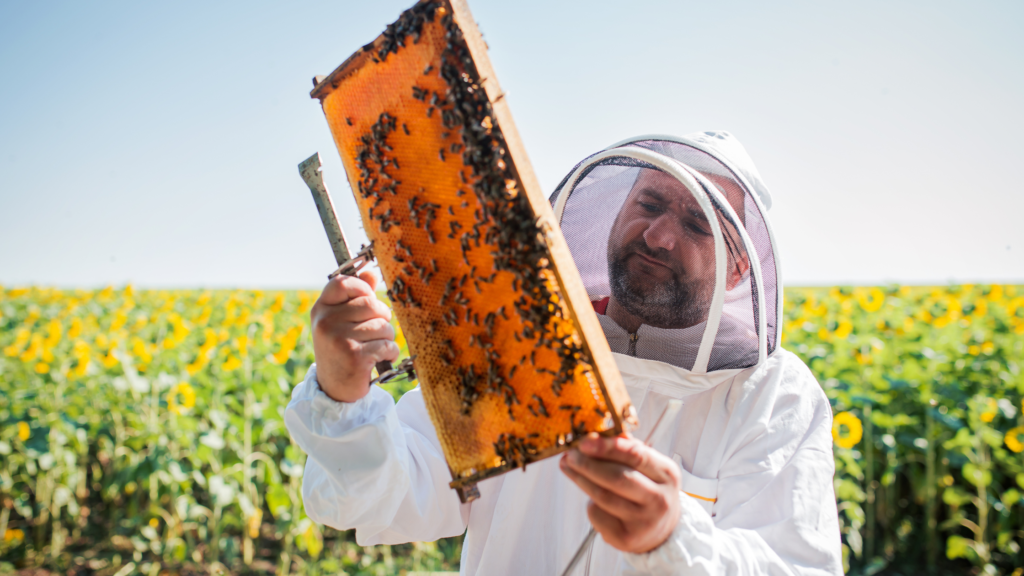
Benefits of Beekeeping
Beekeeping can provide a number of benefits, both for the beekeeper and for the environment. Some of the benefits of beekeeping include:
- Providing a sense of accomplishment and connection to nature: Beekeeping can be a rewarding hobby that allows you to feel a sense of accomplishment and to connect with nature in a meaningful way.
- Producing honey and other bee products: One of the most well-known benefits of beekeeping is the production of honey and other bee products, such as beeswax, pollen, and royal jelly. These products can be used or sold, providing a source of income for the beekeeper.
- Supporting the environment: Bees play a critical role in pollinating plants, which helps to maintain biodiversity and support healthy ecosystems. By keeping bees, you can help to support the health of the environment and contribute to the conservation of bees.
- Providing educational opportunities: Beekeeping can also be a great educational opportunity, as it allows you to learn about bees, pollination, and the environment. This can be a fun and engaging way to learn about science and nature, and it can be a great activity for families and children.
- Promoting personal and community development: Beekeeping can also promote personal and community development by providing a sense of purpose and connection to others. Many beekeeping organizations and clubs offer opportunities for volunteers and community service, which can be a great way to get involved and make a positive impact in your community.
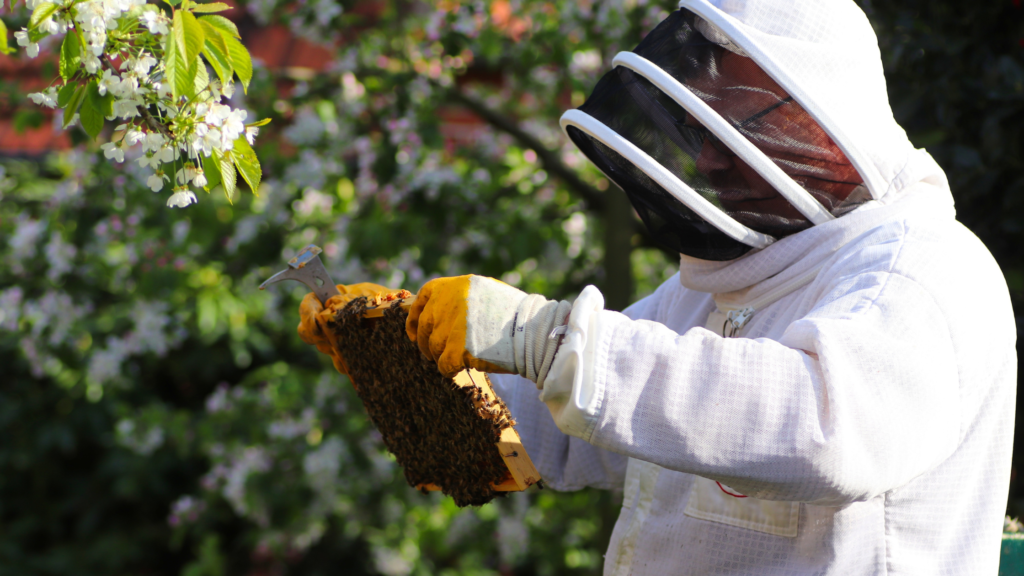
Bee Safety
Beekeeping can be a rewarding hobby, but it is important to take proper safety precautions to protect yourself and your bees. Some essential safety precautions to consider while beekeeping include:
- Wearing protective clothing: When working with bees, it is important to wear protective clothing to prevent bee stings. This may include a beekeeping suit, veil, and gloves.
- Using a smoker: A smoker is a tool that is used to calm the bees and make it easier to work with them. The smoker emits a plume of smoke, which masks the alarm pheromones that the bees release when they feel threatened. This can make it easier to handle the bees and reduce the likelihood of being stung.
- Handling bees gently: When handling bees, it is important to be gentle and to avoid squeezing or crushing them. This can help to prevent unnecessary bee deaths and reduce the likelihood of being stung.
- Being aware of allergies: If you or anyone working with you is allergic to bee stings, it is important to take extra precautions to prevent stings. This may include carrying an epinephrine injector (such as an EpiPen) in case of a severe allergic reaction.
- Keeping your hive clean: A clean hive is a healthy hive, and it is important to regularly clean and maintain your hive to prevent the buildup of pests and diseases. This may involve removing dead bees, cleaning the hive interior, and replacing old comb.
- Knowing the laws and regulations in your area: It is important to familiarize yourself with the laws and regulations regarding beekeeping in your area. This may include obtaining any necessary permits or following specific guidelines for hive placement and management.

